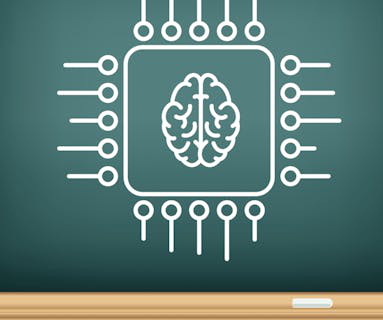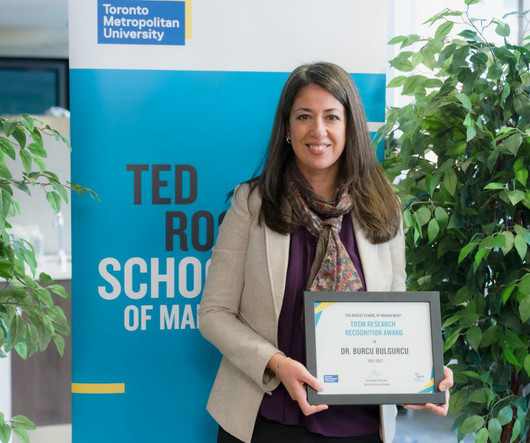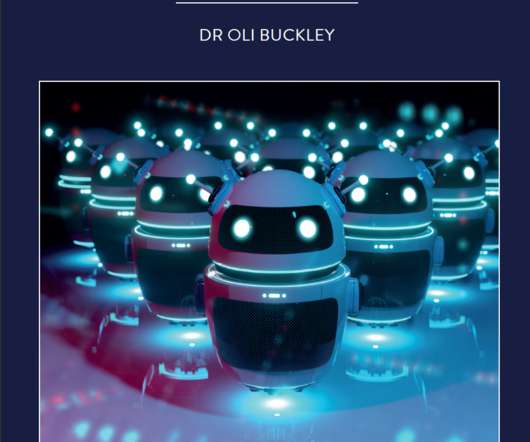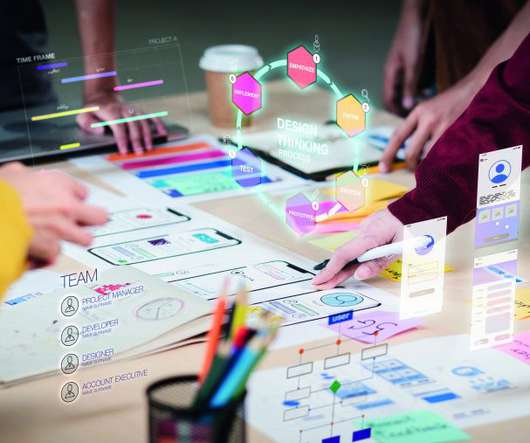Graphing–9 Lesson Plans + 6 Online Resources
Ask a Tech Teacher
FEBRUARY 23, 2024
Whether students pursue studies in STEM fields (science, technology, engineering, and mathematics), social sciences, or business, they will likely encounter situations where graphing skills are essential. Jacqui Murray has been teaching K-18 technology for 30 years.















Let's personalize your content